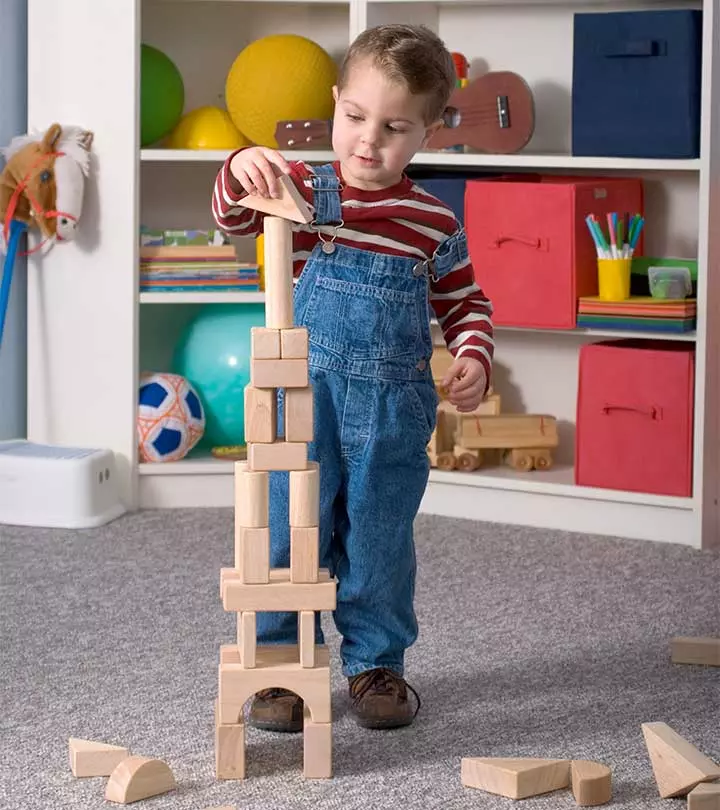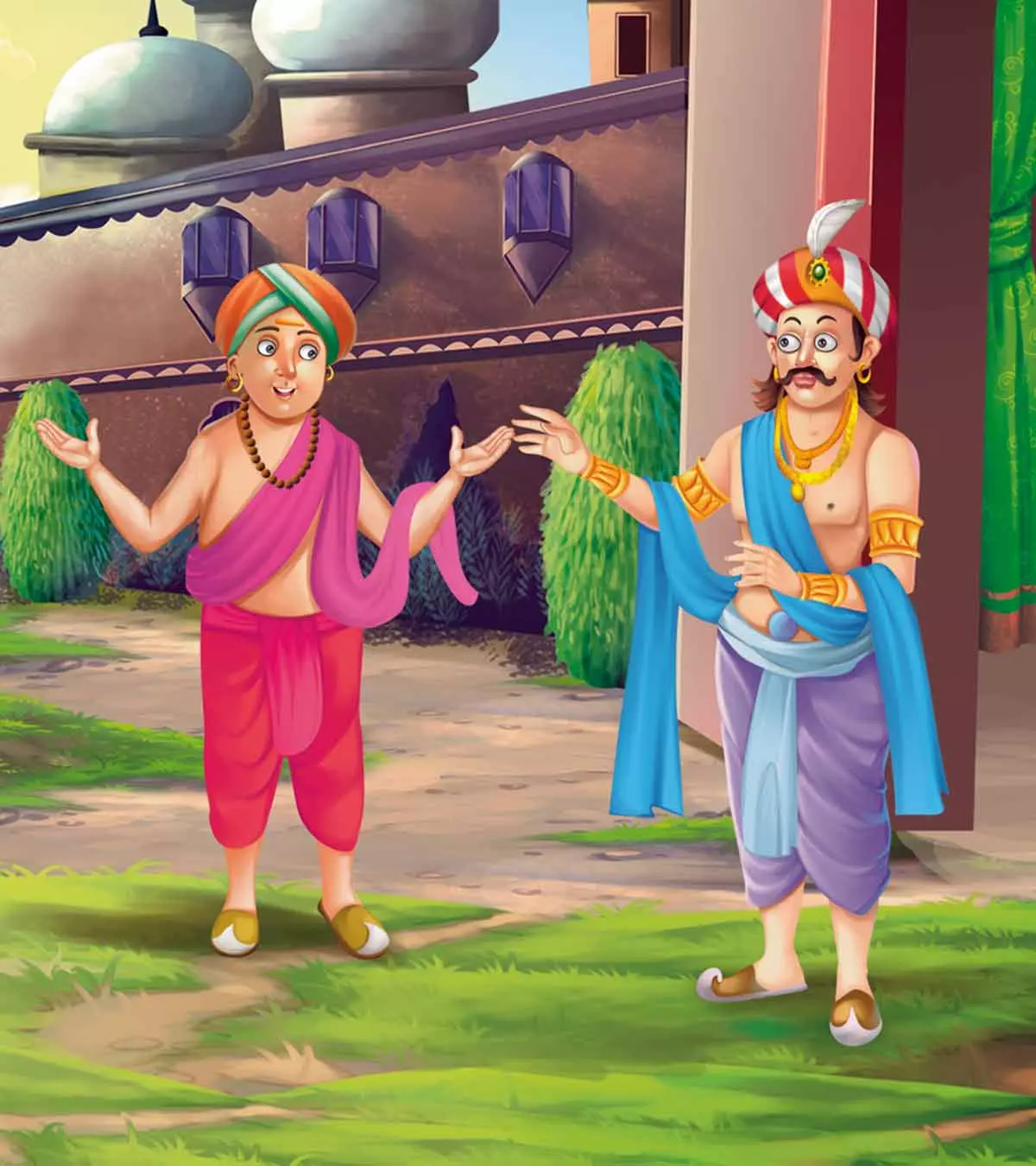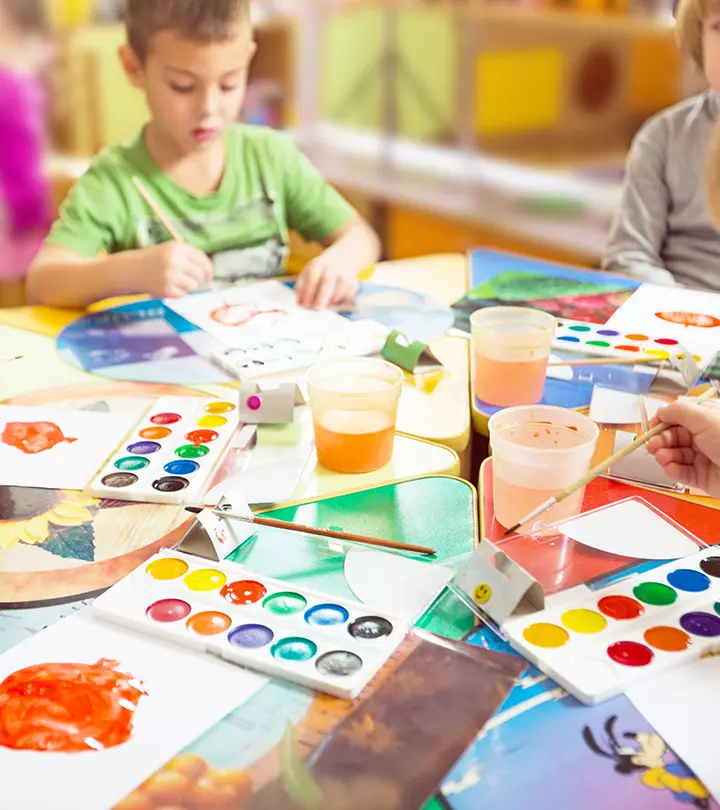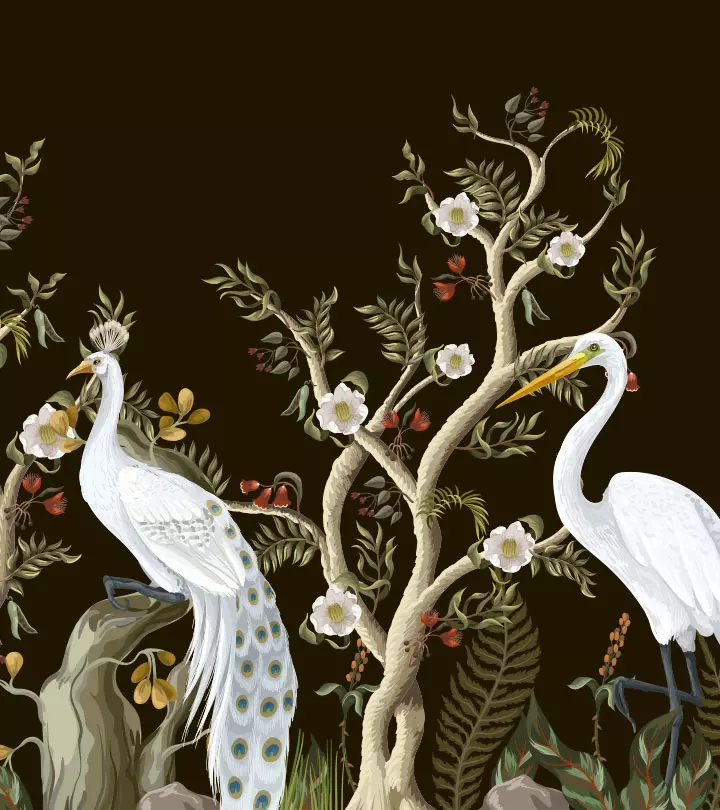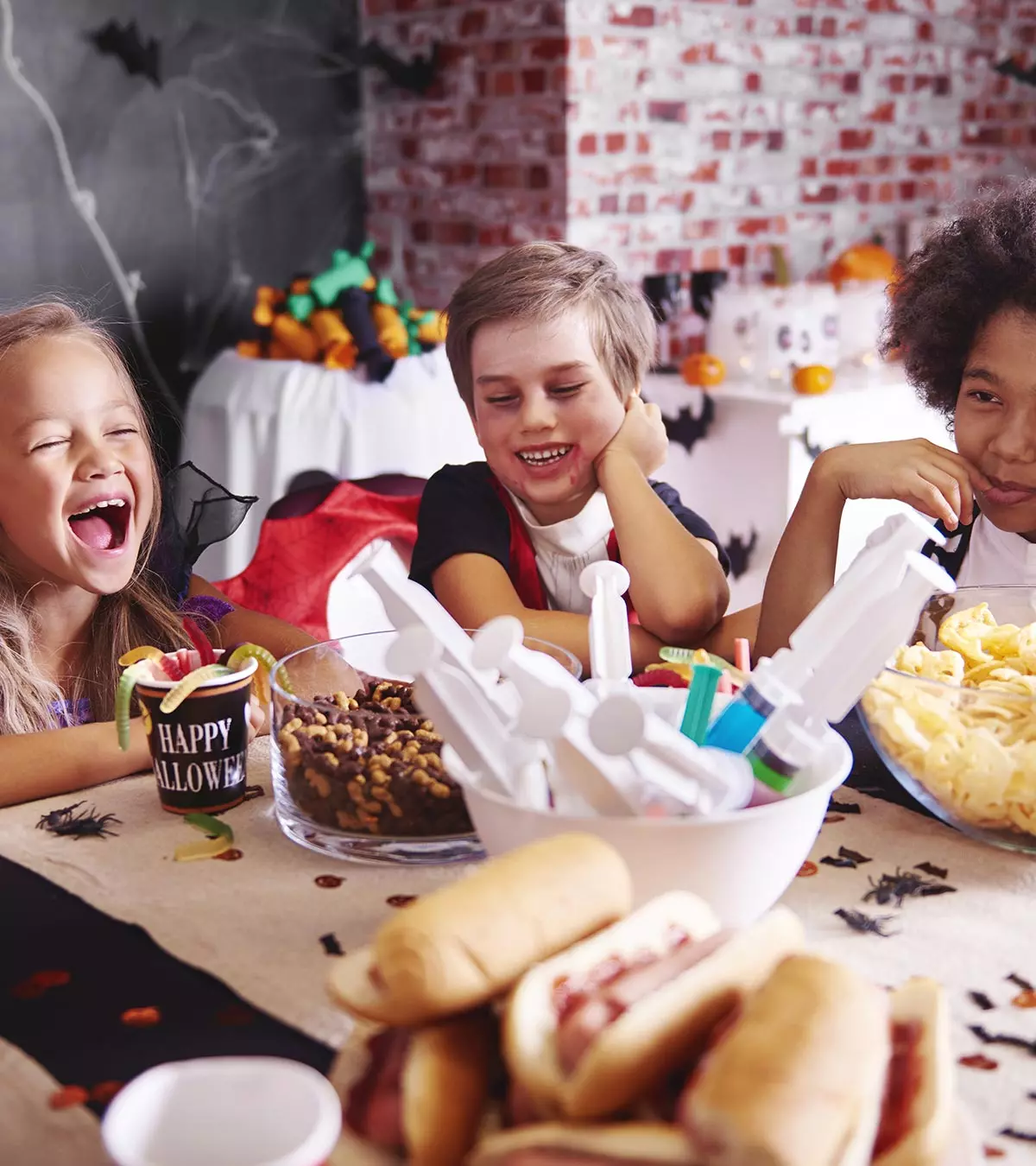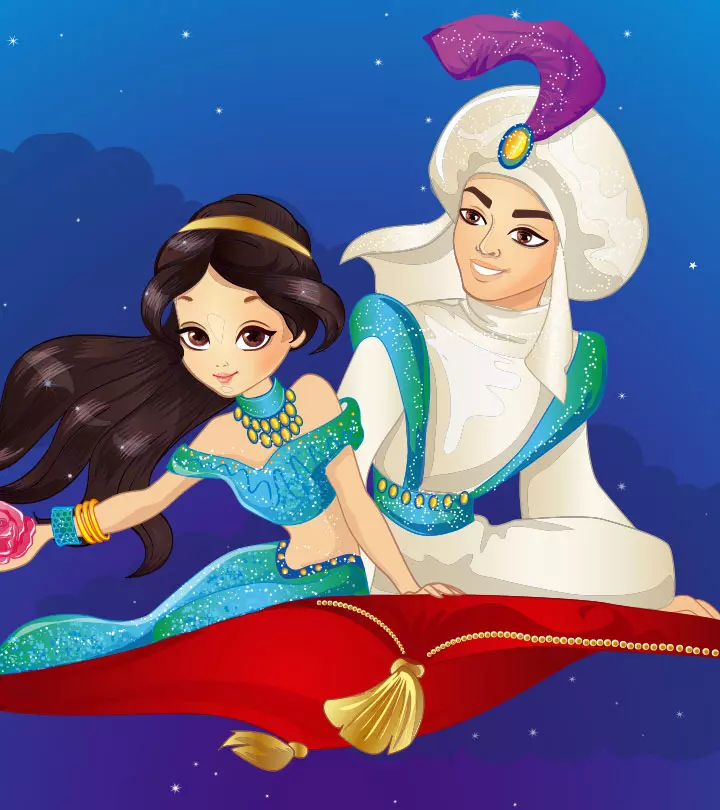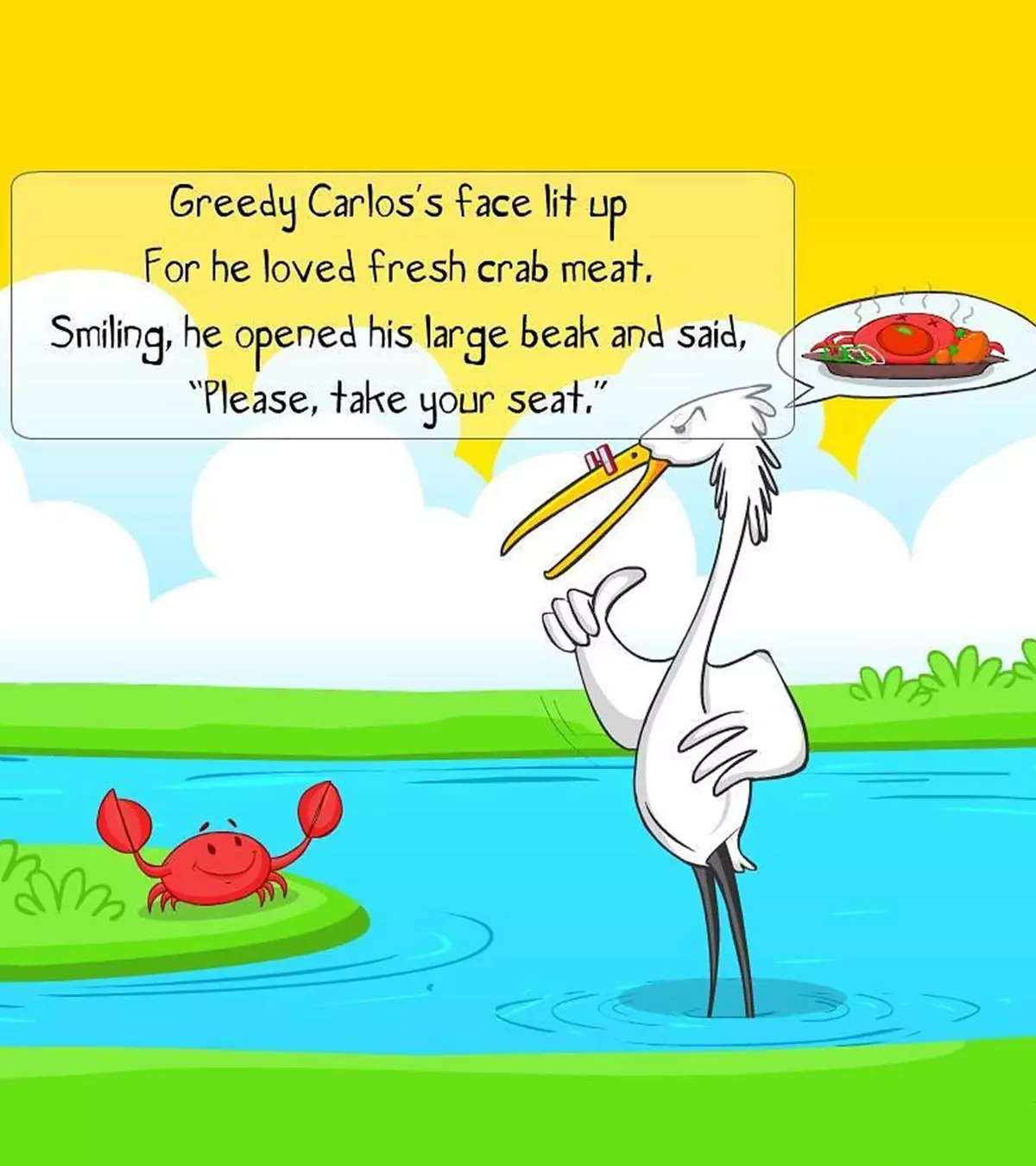
Image: MomJunction Design Team
Does your kid give you a tough time when it comes to getting him to sleep at night? Well, some kids fall asleep in a minute, and some kids like to use that time to hear a good story! Why not read out a good fable to your kid at this time?
The Crane and Crab story is among the most popular tales from the Panchatantra, and is bound to keep your kid engaged and interested. Before you move on to read the actual story, here are a few reasons why you should make it a habit to read out some stories to your kid during this young age.
Key Pointers
- Storytelling is one of the calmest activities that can keep children entertained and teach them valuable lessons.
- Narrating stories during bedtime can help children develop a sleep routine and instill discipline and regularity.
- The Crane and The Crab story is one of the many tales from Panchatantra, written by Pandit Vishnu Sharma to impart wisdom.
- The story teaches one to be cautious, not trust others naively, and be aware of the surroundings.
Storytelling And Its Benefits
Believe it or not, but the simple act of reading out stories to your kid during bedtime can actually have many benefits for both you and your baby.
- It helps your child develop a schedule or routine, which inculcates the value of discipline and regularity at a very early age in your child.
- It helps him get acquainted with the different things in life and people’s character, thus giving him a better idea about the world and its rules.
- Storytelling boosts creativity, helps build vocabulary, and fosters emotional intelligence.
The Crane And The Crab Story
Once upon a time, there lived a crane near a pond. As time passed, he grew older and lacked patience, and could not arrange his food. He then thought of a trick to get access to food through deceit.
- He sat on the shore of the pond with a sad face, and soon enough, the fishes, crabs and other creatures in the pond, intrigued by his behavior, asked him what the matter was.
- In response, the cunning crane explained that an astrologer had predicted that the pond would dry up soon and that all the water-animals in the pond would die due to the loss of water.
- Hearing this, all the creatures of the pond got scared, and started talking among themselves.
- They then asked the crane for a suggestion to this problem, to which the crane explained how each one of the creatures could be saved by its cleverness.
- He told all the pond animals that he would carry one of them in his beak everyday, and transport them to the other pond nearby, which had plenty of water.
- Hearing this, all the pond creatures agreed immediately in a desperate attempt to save their lives. The crane’s strategy worked well.
- Soon enough, every day, one fish and other pond creatures started getting into the crane’s beak to save their lives, and the crane would take them to a deserted area and satiate its hunger by devouring them. This only increased the crane’s greed.
- One day, it was the crab’s turn to get onto the crane. He climbed onto the crane’s back. As the crane flew over the deserted area, the crab immediately saw the skeletons of many fishes and pond creatures lying around. Then, it understood the crane’s plot.
- The crab was very clever- sensing danger, he came up with a quick plan and found a resolution.
- Before the crane could set him down on the ground and start to devour him, he grabbed the crane’s neck with his strong claws and killed him instantly.
- He then returned to the pond, explaining the entire situation to the remaining pond animals. They all applauded him for his timely action and wisdom.
The Moral
The moral is undoubtedly the most important part of the story, and the story of the crane and the crab has many morals to offer.
- The story teaches one not to trust anyone blindly, and always look for any possible motive.
- It also teaches one to use one’s intelligence to get out of problematic situations.
Frequently Asked Questions
1. Who wrote the fable ‘Crane and the Crab’?
The ‘Crane and the Crab’ story is a part of the ancient Indian animal fable, Panchatantra, written by Pandit Vishnu Sharma. These stories were developed to impart knowledge and wisdom to three royal princes.
2. What is the symbolism of the Crab in the story ‘Crane and the Crab’?
In the story’ Crane and the Crab,’ the Crane symbolizes betrayal and treachery. The Crane assures the fishes of the pond a safe life but instead tricks them into becoming his meal. The Crab represents keen observance and quick thinking, which help him save his and others’ lives.
3. What are some effective tips for parents to discuss the lessons from the story ‘The Crane and the Crab’ with their children?
To discuss the story with kids, parents can begin by summarizing the story and asking questions. Encourage kids to think about the choices made by the characters and what happened because of those choices. Connect the story to their own experiences and indulge in fun activities like drawing, puppet shows, collages, etc.
Storytelling is a much eagerly awaited part of the bedtime routine for children. It gives way for you to connect with them and teaches them some valuable lessons and morals. ‘Crane and the Crab’ story for kids is one of the classic and interesting moral stories for kids that you can narrate to your little one. It teaches them the importance of quick-thinking, reasoning and that one should always be careful before trusting someone. So if you are looking for your next bedtime story, this can be the one.
Introduce your children to the interesting story of the stork and the crab through this video and teach them about the important morals that this story imparts.
Community Experiences
Join the conversation and become a part of our nurturing community! Share your stories, experiences, and insights to connect with fellow parents.
Read full bio of Elisa Yi
Read full bio of Harshita Makvana
Read full bio of Deepa Thomas








